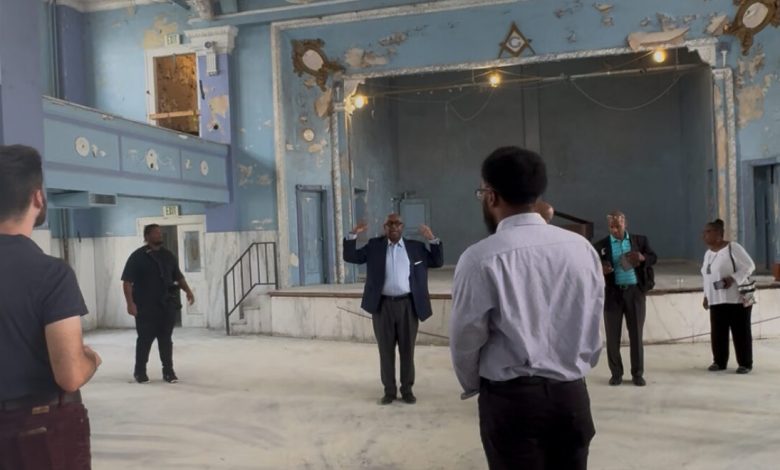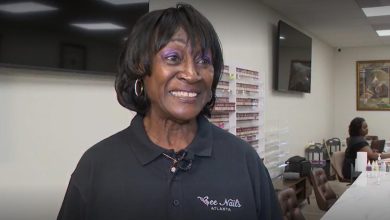Historic Black Business Hub Created By America’s First Licensed Black Architect In The Heart Of Birmingham, AL, Is Set To Be Restored


A historic Black-owned business hub is being restored.
Prince Hall Masonic Temple is an eight-story building that once served as a social and business hub in Birmingham, AL’s Civil Rights District, the National Park Service reports. It was created by America’s first licensed Black architect Robert Taylor in 1922, who leased the building to various Black professionals, becoming one of the few in the area to do so. The temple had originally been built for the Most Worshipful Prince Hall Grand Lodge of the Free and Accepted Masons of Alabama. Among the businesses that once were housed in the establishment were the National Association for the Advancement of Colored People (NAACP) and the Booker T. Washington Library, the first Birmingham library that welcomed the Black community, according to public radio WBHM. It was also home to dental and doctor’s offices, drug stores, and a bowling alley.
“The vision was to not only have this be a building for the Masons, but for the larger community,” Llevelyn Rhone, director of Direct Invest Development, told the outlet. “A place where you could get those services that you were unwelcome to in other parts of the city at the time.”
Rhone added, “This building not only preserves a significant part of the African American story, but it’s a part of the American story.”
The building, however, closed in 2011 as the result of an economic downturn. Now, a renewed effort is underway to restore it and revive its legacy as a cornerstone of Black enterprise and community, per WBHM. Historic District Developers anticipate that the building will be revived within the next three years. Back in 1922, the Black community funded the entire construction cost of the building, which was $658,000 at the time. They estimate the restoration process will cost over $30 million.
Kwesi Daniels, head of the architecture department at Tuskegee University, said the goal is to preserve the building’s history.
“You cannot do any work without understanding what has happened and who has touched these grounds and what are the narratives and how has this particular space shaped a larger environment,” Daniels told WBHM.




